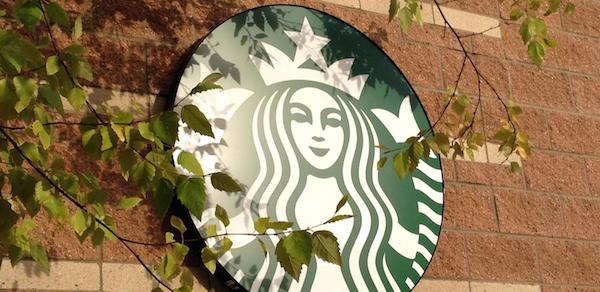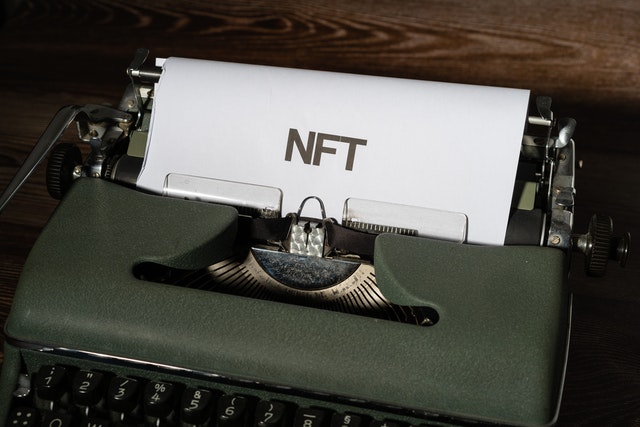Statista states that the global blockchain market is forecasted to grow to $39 billion by 2025. And with the advent of the Metaverse, global NFT sales are also expected to closely follow the same trajectory of exponential growth.
One area that is expected to see increased NFT adoption is the loyalty program space.
Traditional loyalty programs are known to employ an “earn and burn” system where members earn points for every purchase. Those points are then employed to access discounts or free products.
However, with blockchain technology, consumers and brands have alternative currency options and greater flexibility with how loyalty programs are structured.
What are NFT loyalty programs?
Loyalty programs make up an integrated system of marketing activities that seek to reward ‘loyal’ customers based on their purchasing frequency and cash spent.
Most loyalty programs dictate that customers subscribe and become program members to experience the full benefits of the system. This is typically via loyalty cards that record every purchase occasion and customer transaction.
That being said, an NFT loyalty program borrows the traditional loyalty program ethos but replaces the loyalty card with NFT blockchain technology. This means that NFT loyalty programs are also non-fungible, unique and irreplaceable.
Because NFTs thrive on exclusivity and the fear of missing out (FOMO), NFT loyalty programs offer a unique proposition for brands to engage customers by harnessing the paradigm of collectible digital items.
Why should your brand consider NFT loyalty programs?
Unlike traditional loyalty programs that are designed to benefit the business short-term, NFT loyalty programs focus on long-term customer involvement and engagement.
NFT loyalty programs give more flexibility and control to consumers while creating value and digital scarcity for items that have real-world value. For example, ticket stubs and concert memorabilia.
Because of these characteristics, NFTs enable businesses to reward customers based on their individuality, rather than the typical one-size-fits-all reward approach. Thus, delivering authenticity and growth in value as an incentive for a digitally savvy audience.
Also read our article on “NFT rewards”
What makes NFT loyalty programs successful?
Scarcity
Exclusive or scarce items always attract a premium as they give a unique sense of ownership. Since human beings love to collect things, NFTs’ non-fungibility plays into this narrative to help brands foster engagement.
Furthermore, like rare sporting memorabilia and artwork, NFTs can be verified for original ownership (and value). Thus, brands have the opportunity to offer customers unique digital assets.
Community
NFTs offer a dimension that traditional marketing channels have failed to, which is creating a community of loyal and like-minded customers. This means that, by default, NFT loyalty programs can tap into the massive global community driven by blockchain technology, to stay relevant.
Utility
Since NFTs are easily programmable, they provide unprecedented levels of utility to brands.
For example, tokens can be programmed to function like loyalty membership cards to give holders access to exclusive events, communities, and special discounts.
Furthermore, revenue from secondary NFT sales can be channelled back to the brand to fund new reward campaigns.
NFT loyalty program examples
Clinique
Clinique jumped onto the NFT bandwagon with competition for members of its Smart Rewards program. Rather than selling NFTs, the company awarded its loyalty club members exclusive and limited-edition NFTs, early access to a new physical product, and unlocked access to different Clinique products once a year for the next 10 years.
Starbucks
Starbucks has plans in the works to launch a unique collection of branded NFTs with unique membership and loyalty benefits attached to them. Based on “coffee art and storytelling“, the NFT collection seeks to pay homage to the company’s history and create new imagery. The NFT loyalty program also aims to align with the company’s ethos of environmental sustainability by using a multi-chain form of blockchain.

The Australian Open
The Australian Open launched an NFT campaign that released almost 7,000 3D NFT tennis balls to be bought via cryptocurrency at a rate of 0.067 ETH. Each tennis ball was custom designed with its own metadata linked to a small 19cm X 19cm plot of the Australian Open tennis court surface.
In practice, the NFT metadata is updated in real-time to reflect the match information while simultaneously giving the ball’s owner rewards such as limited-edition wearables and Metaverse event access.
AMC
AMC and Sony Pictures offered 86,000 NFTs prior to the release of ‘Spider-Man: No Way Home’ to a select group of loyal members. These members of AMC’s Premiere and A-List loyalty programs are currently able to access discounts via the NFTs as AMC aims to collect a small royalty on all transactions from the NFT resales.
Burger King
As part of its Royal Perks rewards program, Burger King partnered with NFT marketplace Sweet to produce an NFT set completion game. The NFT program allows Burger King customers to scan a QR code to receive one of three collective NFT game pieces.

On completing the set, customers received a fourth NFT reward in the form of either a digital collectible, free Whopper sandwiches for a year, Burger King merchandise or a call with one of its collaborating artists.
Taco Bell
Taco Bell launched an NFT campaign for a good cause by auctioning off limited edition NFTs. The 25 pieces of NFT artwork consequently sold out in 30 minutes as each item started at a bidding price of $1 but quickly sold for thousands of dollars. All proceeds went to the Live Más Scholarship through the Taco Bell Foundation.
Kings of Leon album launch
Kings Of Leon generated over $2 million from NFT sales of their ‘When You See Yourself’ album. The NFT album also granted loyal fans a chance to win one of six golden-ticket NFTs. These golden tickets offered lifetime VIP perks for future concerts, like lifetime front-row seats. Additionally, Kings of Leon offered fans “open edition” NFTs with special artwork.

The use of NFT art for loyalty programs
With NFT art, the sense of exclusive ownership is everything, not the token. A person who purchases an NFT digital asset can proudly claim to be the de-facto owner of a rarity.
This makes NFT art attractive to brands seeking to stand out from the crowd. Furthermore, NFT art is easily brandable, making it ideal for engagement initiatives with customers.
For example, if a customer receives NFT art like a vintage photo of a flagship store’s grand opening, or an aesthetically pleasing digital work of art that ties to the brand, they will perceive it as an exciting and memorable moment, which will encourage brand loyalty.
Additionally, because of the sense of exclusivity and rarity, customers get a sense of special treatment, making them more likely to share their stories on social media. This then creates an opportunity for virality and generates positive word-of-mouth among their friends and followers.
NFT art loyalty program best practises
Keep the experience non-fungible
NFTs aren’t supposed to be produced at a massive scale. This would simply make them lose their appeal. Rather, NFTs are meant to be exclusive, high-end assets that remain desirable while maintaining their uniqueness and mystery.
Additionally, each NFT should be one-of-a-kind in terms of design. For example, for each campaign, try to produce different colour variations, or effect slight alterations to the asset.
Uniqueness is key
Your campaign should maintain its exclusivity and remain as close to rare as possible. Focus on maintaining uniqueness with a functional design within the specific context of the company.
Availability impacts the whole concept
The frequency of the campaign also matters. This means that you should carefully decide between running your NFT loyalty/reward campaigns occasionally or consistently.
This decision can have positive effects on the FOMO your customers feel whenever a campaign is launched. Alternately, predictable campaign frequency can kill enthusiasm and anticipation.
To work around this scenario, experiment with creating limited-time events that are open to all members. Have a unique entry condition or requirement of an entry fee to be paid in the form of ‘loyalty’ points.
Additionally, you can consider reserving NFTs as a thank you gift for reaching a milestone, or the most exclusive tier of customer loyalty. With this approach, customers can choose to keep the NFT or trade it at one of the many existing NFT marketplaces.
Introduce reward bidding to create competition
Social media contests are an engaging way to encourage customer participation. You can consider introducing a social media competition to give customers a chance to win an NFT, which generates a lot of organic attention for your company.
Social media competitions can target a larger audience while only giving out a few pieces of NFT art. Another feasible approach is to offer reward bidding, which is a form of auctioning amongst loyalty program members. With reward bidding, customers can bid with their loyalty points, and the customer with the most points receives the NFT art.
Conclusion: Are NFTs the future of customer loyalty?
All things considered, loyalty marketing is rapidly evolving with the wave of digitisation as brands shift their focus on creating experiences and enriching their customers’ lives. And one way to effectively achieve this is via NFT loyalty programs that could help brands remain relevant.
Previously, loyalty was an afterthought. However, NFTs loyalty programs could prove to be a game-changer by increasing engagement and acquisition rates as they give customers a unique sense of ownership and special treatment.


